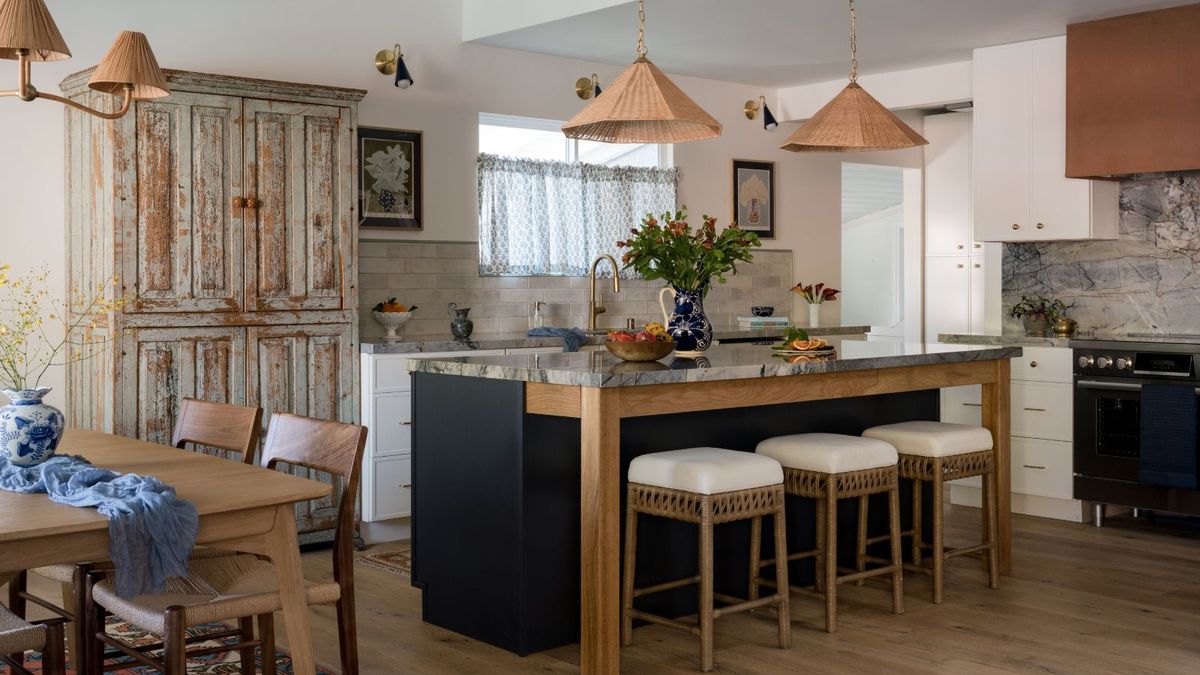A note on secured vs. unsecured loans
You have the option of applying for either a secured loan or an unsecured loan when you’re ready to finance your bathroom remodel.
Secured loans require collateral. Collateral can be your bank account, vehicle, or other possession of value. If you miss loan payments, the lender has a legal right to take possession of what you offered for collateral.
Borrowers with poor credit have a better chance of getting approved for a secured personal loan. Secured personal loans also have lower interest rates.
Unsecured loans don’t require collateral. If you miss payments on an unsecured loan, the lender can’t take anything you own. The lender can sue you, though — so you should still make an effort to make payments on-time.
Unsecured loans are harder to get and tend to have higher interest rates. Still, they’re not as risky as secured loans.
Alternatives to a personal loan
As you investigate how to finance a bathroom remodel, don’t forget to consider other options. If now is not the right time for you to take on a personal loan, here are a few other financing ideas.
Save up for it
Admittedly, saving up for a bathroom renovation sounds like zero fun. Still, there are a couple of advantages to putting a little money away each month until you have enough to cover your home improvement project.
- Saving gives you time to consider what you want the new bathroom to look like.
- Paying cash may help you stick to a budget.
- Paying cash means not having to pay interest, which saves money.
Get a home equity loan or HELOC
A home equity loan and a home equity line of credit (HELOC) are two types of secured loans. That means they both use the equity in your home as collateral to secure a loan.
One difference between a home equity loan and a HELOC is the way the money is distributed. With a home equity loan, the funds are distributed in a lump sum that you pay back over a specific period of time. A HELOC doesn’t require you to take a set amount of money at once. You are approved to borrow a certain amount but are free to draw from it as needed. And once you’ve repaid money borrowed from your HELOC, you can borrow it again until what’s called the “draw period” ends.
Another key difference is that a home equity loan typically has a fixed interest rate, while a HELOC normally has a variable rate that changes based on what’s happening with interest rates.
The inherent risk of both a home equity loan and HELOC is that your home is on the line if you default on payments. Because your home is used as collateral, the lender can take possession, sell the property, and recoup their losses.
Take advantage of a 0% promotional rate credit card
If your credit is strong, you’ll likely qualify for a credit card with a 0% promotional APR offer. These offers typically let you pay the debt off in 12 to 18 months with no interest. Just make sure you pay the credit card off in full before the promotional rate expires to avoid getting hit with a high interest rate.
Taking out a personal loan to finance home improvements is an easy process. The challenge is making sure your credit score and budget are in good shape before filling out an application.




